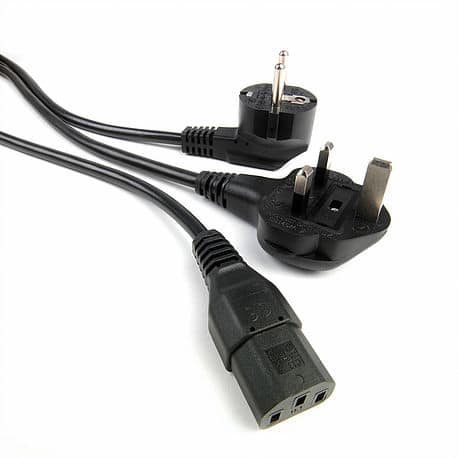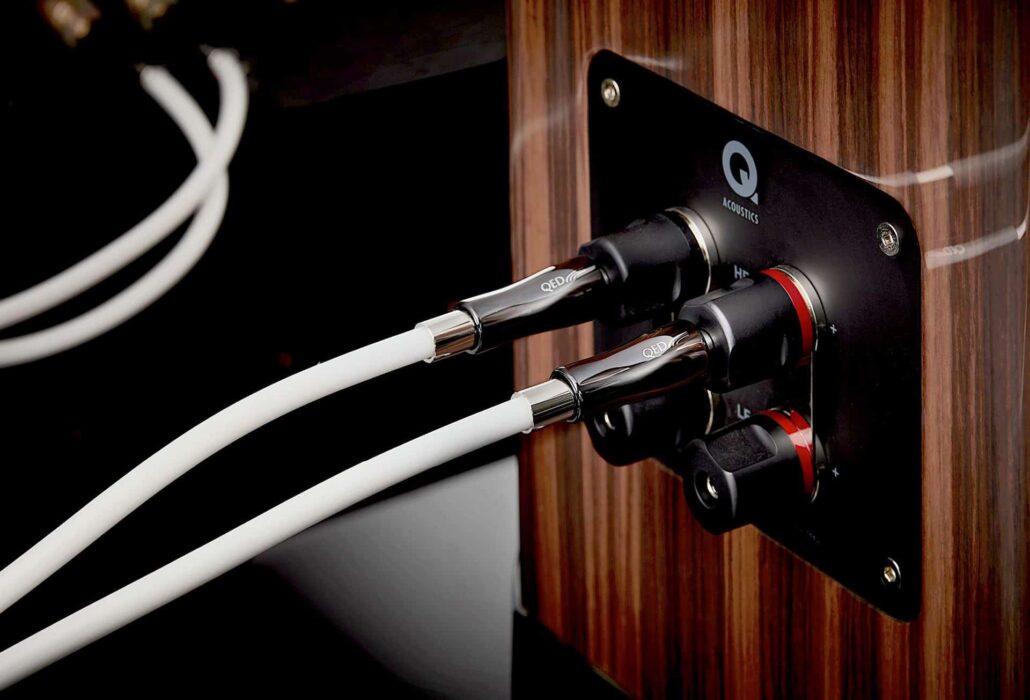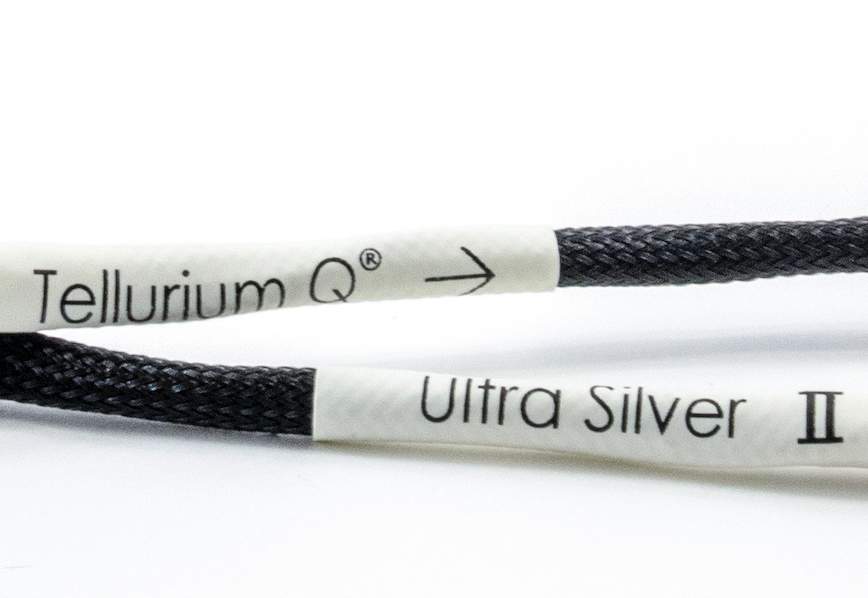The Article
Chord’s C-Power power cable: a wolf in sheep’s clothing
19th July 2016

Are you still using a basic, throw-away cable to power your hi-fi? Paul Rigby investigates an alternative and reviews the Chord C-Power power cable
Audiophile power cables are not really about improving the sound quality of your hi-fi per se. That is, they don’t actively enter into your hi-fi and improve the sound by dint of new components and the like. What good quality power cables do is to remove the sonic rubbish from your hi-fi chain to stop it interfering with the sound that your hi-fi is generating. A cable designed to power your TV or your toaster has a limited job to do and, hence, it doesn’t matter if there’s sonic noise in and around the power itself. Hence, it’s cheap and easy to put together. Audiophile power cables need to be more discerning and careful. Which is why they are more expensive.
Audiophile power cables? It’s a bit like trying to hear a friend talking in a busy and loud pub. A better quality power cable doesn’t improve his speaking voice but it does eject everyone else from the room so that you can properly hear every inflection and nuance from the mouth of your friend. Hence, when cable manufacturers say that their cable “improves sound quality”. They do, in a way, but not absolutely. They tend to do it more in an indirect manner.
This budget power cable from Chord arrives fitted with a high quality over-moulded mains plug and IEC plug. All the terminations are high pressure crimped (no screws to work loose) and the over-moulding process holds the conductors firmly in place to, says the company, “…reduce mechanically induced noise.”
The cable itself arrives with three 14 AWG high purity multi-strand copper conductors set in a parallel conductor layout with a high frequency effective floating shield plus PVC coating and and over-wrapped foil shield. The C-power is available in 1.5m lengths and fitted with UK and European mains plugs.
The only issues I have with the design of this budget cable are, of all things, the colour and presentation. Apart from the low-key name transfer on the back of the plug, the entire cable looks like a basic thing that you might use to boil that kettle. The reason might be down to budget. Maybe the black cable and plug helps to keep the price down but I think it needs something, anything to differentiate it from the rubbish. A different coloured plug or lead? Even a coloured piece of banded plastic under the plug (which would probably cost a fraction of a penny per cable) just to set it apart.
The black-only approach has two issues riding with it. Firstly, if you’re not paying attention, it can get mixed up with other basic no-brand cables, especially if you have a few in the vicinity and so can cause confusion (I know, a silly thing but people do silly things: I’m one of them). Secondly, the perception of the cable is not a good one. The colour and style looks cheap and nasty.
SOUND QUALITY
I began the sound tests with a basic, no brand, power cable running from my Trichord Dino phono amp to the mains and spun a copy of Ultravox’s instrumental Astradyne on my Rega RP3 to hear the synth, organic drums, electric violin and guitar without the interference, at this stage, of vocals. The phono amp is one of the most critical and sensitive areas in any hi-fi and so any sonic changes would be, as it where, ‘amplified’ here. After all, this specialist amplifier will not only amplify the tiny signals produced by the very sensitive cartridge but also any other sonic rubbish that happens to be in the immediate vicinity.
From the lonely metronomic synth beat at the start of this track, I could hear a difference. Firstly, the beat itself offered more weight. When the beat itself hit, the hit was of more significance. As if it meant something more. Secondly, there seemed to be more air and space in and around this tone. A touch more reverb perhaps? The tone seemed to be operating in a larger room, put it that way.
When the drums kicked in and the bass guitar started, that extra weight and heft in the lower frequencies really hit me between the eyes. There was so much more power in the bass regions now, giving the track tremendous movement with a strong foundation. This enabled the ear to follow the bass guitar very easily. Not only that, though, the electric violin now seemed to settle back into the master and become more tonally interesting, increasing its realism to be, well, more like a violin, I suppose.
Meanwhile, the crescendos on the pitch bending synth which previously suffered from a touch of brightness, was now calmer and more focused in its presentation.
I then turned to Dean Martin for a vocal angle plus an overview of an orchestral backup plus backing singers on the early 70s recorded track, Free to Carry On. The backing part of this track was now quietly detailed rather than muddled and bloomy. That is, the lightly applied percussion, the softly picked acoustic guitar and secondary percussive wooden block offered greater tonal realism, more space in between each while the the piano, which previously smeared in an uncontrolled manner, was now relatively precise in its approach.
The female background vocals, which could threaten the delicate backing, were now focused and precise which not only allowed more detail from the rear of the master to the ear but gave the female harmonies a pleasant delivery.
Finally, Martin’s own lazy delivery now emoted effectively with a warm textural approach. He was now Uncle Dean instead of Slightly Unhinged Dean.
CONCLUSION
Frankly, its sonically crazy to retain basic, throw-away cables in and around a hi-fi system, no matter what the type and budget. The Chord, for the price, effectively reduced enough noise to offer wholesale sonic improvements. As such it is more than worth the purchase price.
CHORD C-POWER POWER CABLE
Price: 1.5m £55
Tel: 01980 625700
Website: www.chord.co.uk
GOOD: price, noise reduction, focus, detail, big bold bass
BAD: Presentation
RATING: 8
REFERENCE SYSTEM USED
Rega RP3 turntable
Trichord Dino phonostage
Leema Elements CD player
Rega Brio-R amplifier
Q Acoustics 3020 speakers
Chord & Tellurium Q cabling



